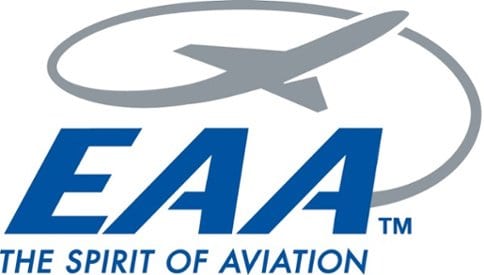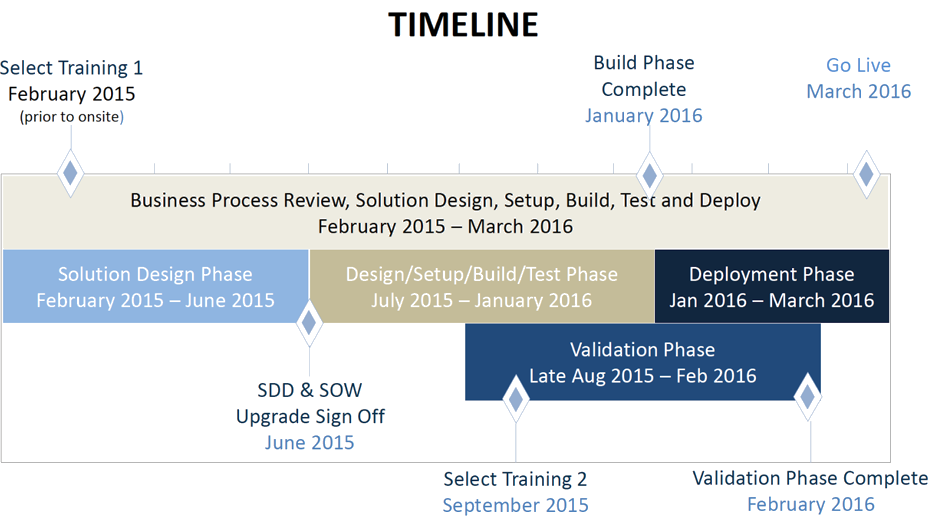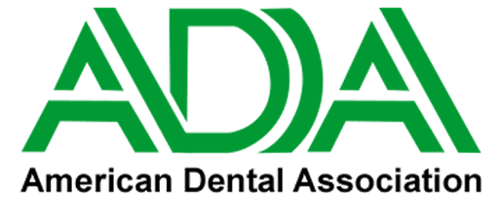How to Achieve the Perfect Upgrade with the Experimental Aircraft Association
The Experimental Aircraft Association let us in on the secrets of how to keep an upgrade project on time, on budget, and with promised functionality.
9
Version Upgrade
20
Business Areas Collaborating with Aptify
11
Month Project

About the Experimental Aircraft Association: The Spirit of Aviation
The Experimental Aircraft Association is the only association that offers the fun and camaraderie of participating in the flying, building, and restoring of recreational aircraft with the most passionate community of aviation enthusiasts.
Laying the Foundation
The Experimental Aircraft Association (EAA) has been an Aptify client for over a decade. A lot had changed in both organizations during those years, and EAA wanted to take advantage of the shift in technology and product to move its business forward. When EAA started the upgrade process, it was nine versions behind the current version of Aptify. While the upgrade seemed daunting, this busy and growing association made the time and resources available to get the job done. How did they do it?
Conversations with the Aptify team started at a high level. EAA and Aptify were both keen to understand each other and re-establish a relationship. EAA was curious about the developments of the Aptify technology stack and Aptify’s interface change to browser-based functionality, and Aptify needed to know EAA’s strategic direction and goals to ensure the Client Success team could assist them in achieving their mission. After a SWOT analysis, the teams were set on upgrading EAA to the newest version of Aptify, including Aptify Web.
Once the foundation was set, EAA started on a path of internal culture change. Tom Moule, Director of IT at EAA explains how they created an internal project team from many different core business units.
“[EAA communicated to the team] this is not an IT project. This is an EAA project,” Moule says. “And to be successful, we have to have everybody from the business as well as IT helping and working to push it forward.”
A New Era Begins
With this mantra in mind, EAA spread the culture to the Aptify Client Success team. With weekly project plan meetings and an Aptify team member on-site at EAA once a month, the two teams were quickly able to see eye-to-eye and keep the project on track.
“It was key for Aptify to see what the business was seeing,” Moule says. “And it was a great way to, every month, catch up. Where are you at? What are you seeing? What can you do to make sure you’re not running into any roadblocks and keep it moving forward?”
With both teams on the same page, the upgrade could begin. Project managers from EAA and Aptify formed a tight relationship and agreed on a project plan (as below)with strict timelines following a disciplined approach to managing the project. Without strong project management this project would not be successful.

“It was key for Aptify to see what the business was seeing,” Moule says. “And it was a great way to, every month, catch up. Where are you at? What are you seeing? What can you do to make sure you’re not running into any roadblocks and keep it moving forward?”
With both teams on the same page, the upgrade could begin. Project managers from EAA and Aptify formed a tight relationship and agreed on a project plan (as below)with strict timelines following a disciplined approach to managing the project. Without strong project management this project would not be successful.
EAA also created a guide for Business Champions so staff working on the project would always know what was expected of them (see below). EAA also used their internal team site to keep the project actions and progress transparent.
“We used our intranet site, which we call the Hangar, to publish the project plans, to publish here’s what the issues were,” Moule explains. “Everybody knew who the business champions were. Everybody knew who the key IT people were. People could go out there and the project was visible to them”.
Throughout the process, it was important to recognize the core business members who worked on the project.
“Those little things really made people feel appreciated in terms of the work that they were doing,” Moule says. “We made sure that we recognized the key core members of that team throughout the projects with lunches with leadership and small mementos to celebrate success. At the conclusion of the project, we had a nice luncheon with the entire EAA senior leadership team, including the CEO, to recognize the contributions of the Business Champions and the IT team. During this luncheon we gave out certificates and awards.”
However, the project was not without it’s challenges. EAA had a lot of manual processes that needed to be upgraded as well as a team who was used to working with the current system. EAA used its weekly team meetings with a strict agenda and Business Champion Guidelines to ensure all road blocks were addressed and included in the current project plan. The team also used the weekly meetings to address scope creep and make any necessary adjustments to keep the upgrade on schedule.
Upgrade Advice
In March 2016 the upgrade was complete. Moule has a final piece of advice for clients looking to upgrade successfully:
“When you do an upgrade,” he says, “you have to involve the business. So staking that out early, identifying who are your key business people in whatever areas of the business you have, aligning them, and building that partnership between IT and the business is key. I think the second thing is the engagement with Aptify. I think if you’re upgrading and it’s a fairly significant upgrade—you don’t want to try a go-it-alone strategy. You really want your partner to be able to do some of the heavy lifting for you. And also they’re there to help advise you to say, ‘Hey, that might not be the best way to implement that.’ You may know your business, but they know the software and know the best thing that you can do from that perspective. Lastly, you need strong project management and a strong Project Manager. With these three things in place, you have all the ingredients for a successful upgrade!”
Join More Than 150 Associations Already Enjoying Aptify


